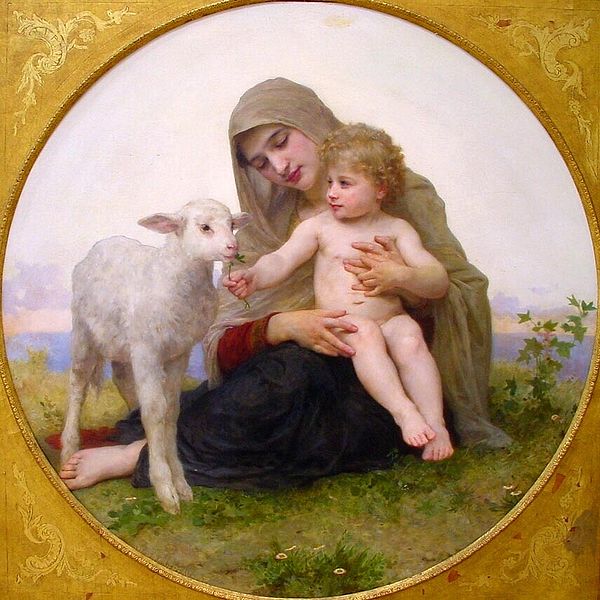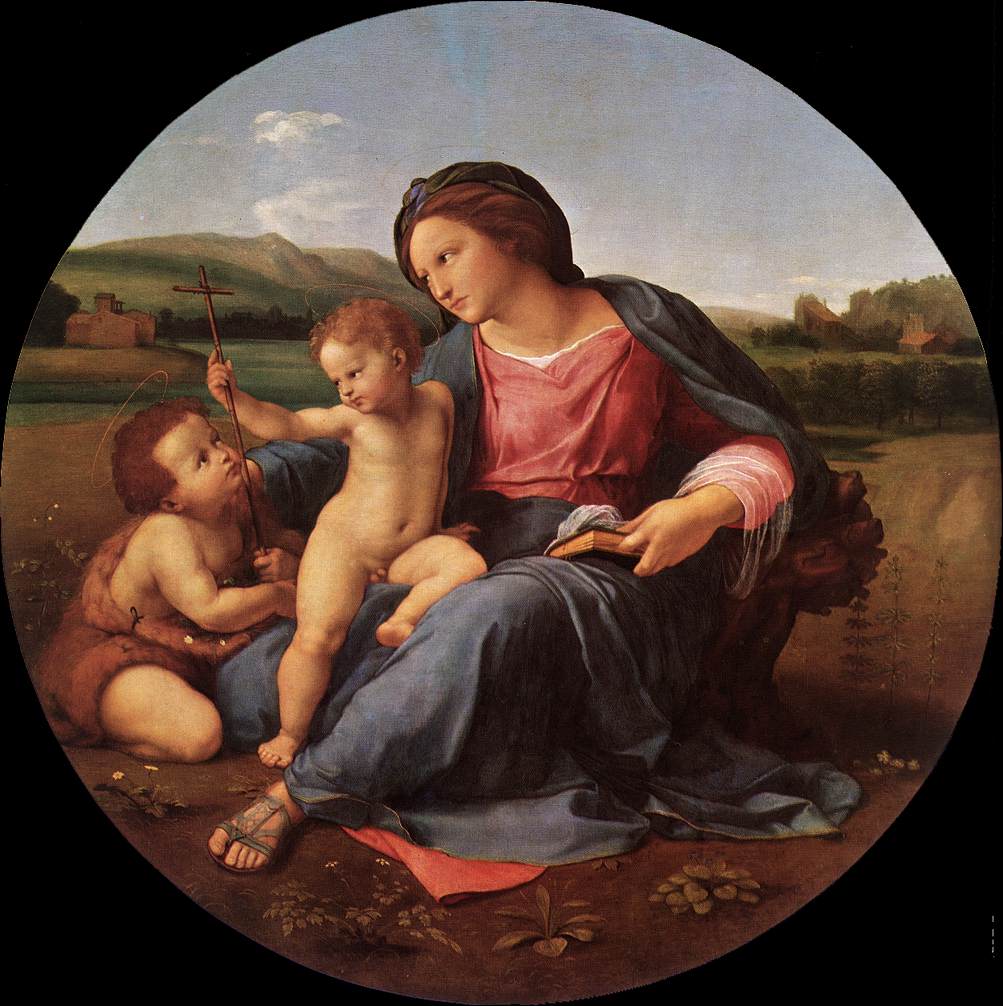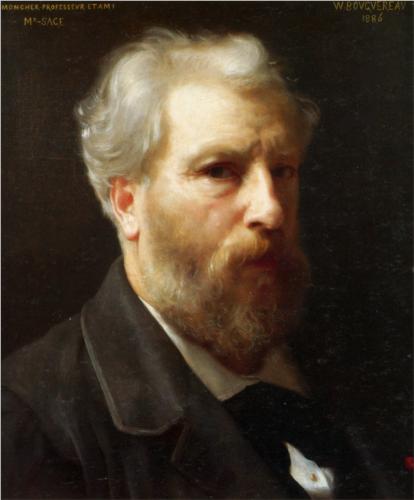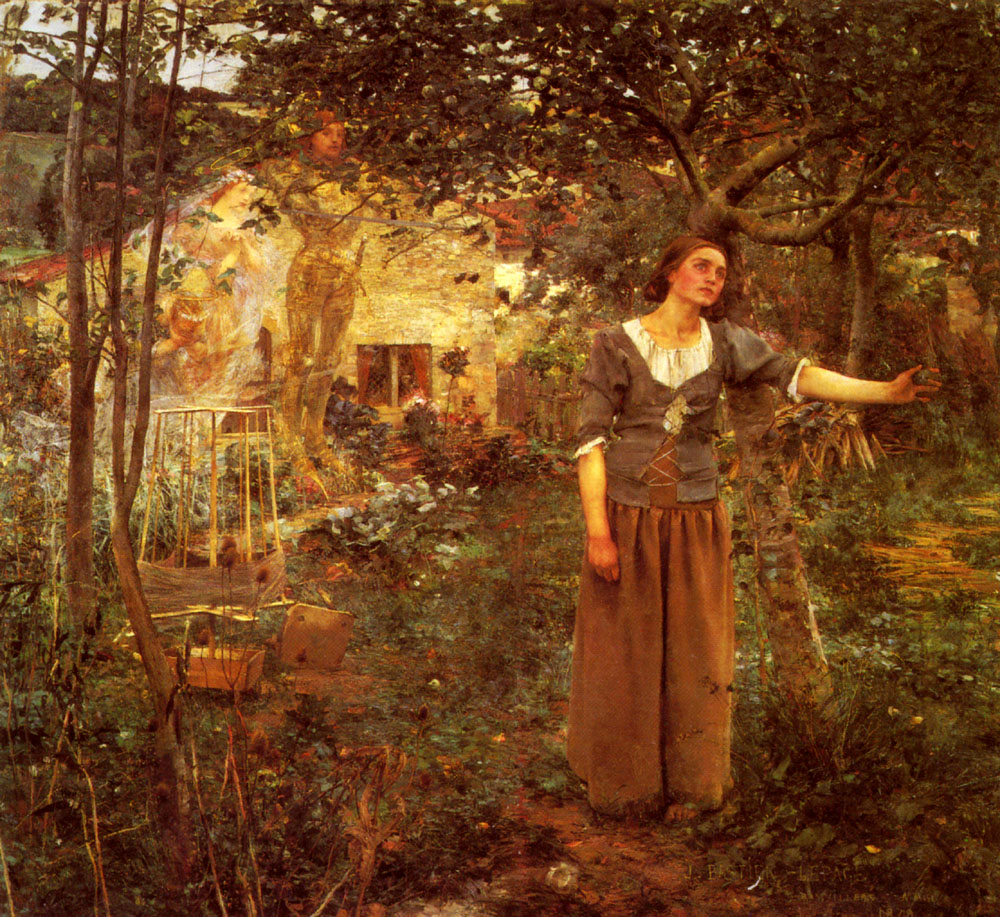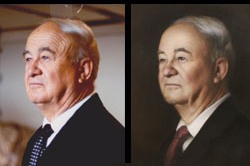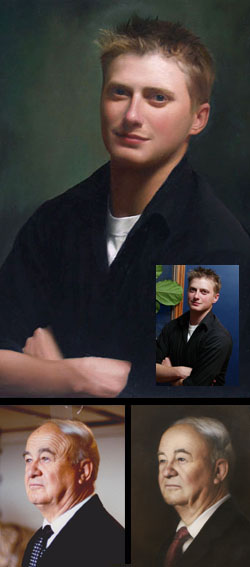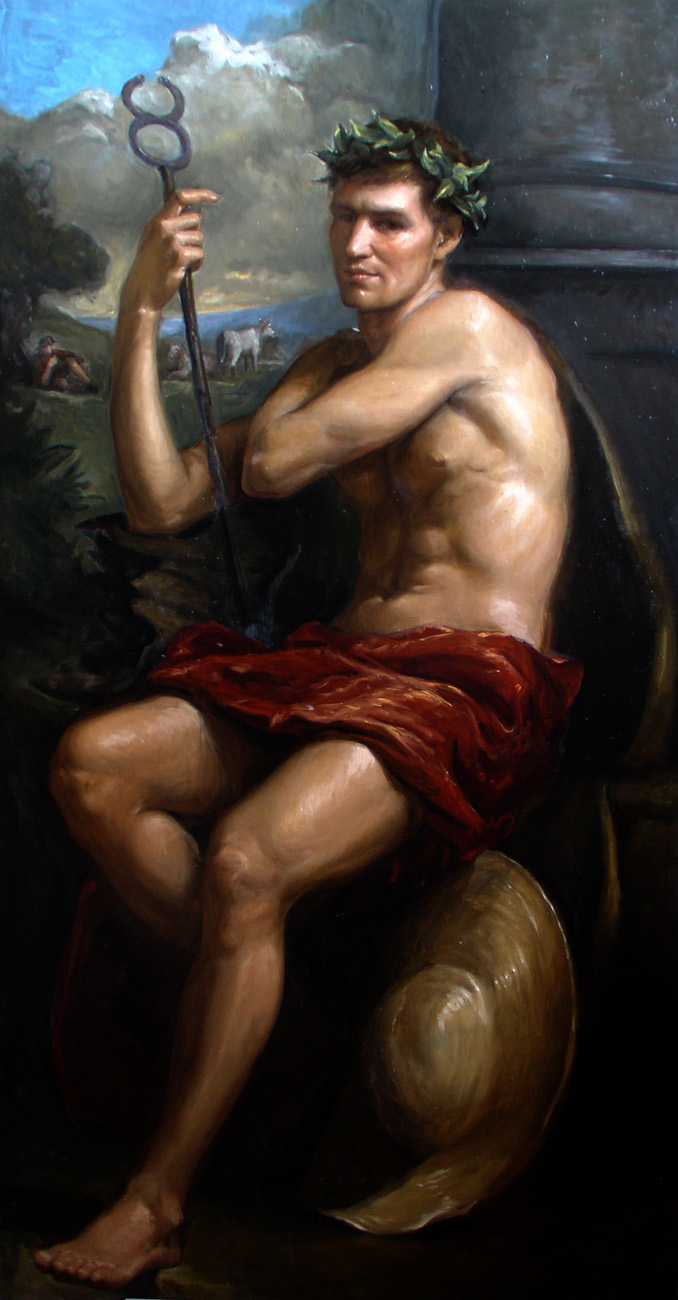 Continuing in the tradition of the Boston School of portraitists, and the baroque.
Following on from the last post, I thought that readers might be interested to see some more work of artist Henry Wingate, and to know more about the academic method that he uses to such great effect. I like his portraits especially and he is one of relatively few artists around today who is making a real contribution to a re-establishment of traditional principles by teaching as well as painting (motivated by a desire to serve the Church).
Continuing in the tradition of the Boston School of portraitists, and the baroque.
Following on from the last post, I thought that readers might be interested to see some more work of artist Henry Wingate, and to know more about the academic method that he uses to such great effect. I like his portraits especially and he is one of relatively few artists around today who is making a real contribution to a re-establishment of traditional principles by teaching as well as painting (motivated by a desire to serve the Church).
Based in rural Virginia, Wingate studied with Paul Ingbretson in New England and with Charles Cecil, in Florence, Italy. Both Ingbretson and Cecil studied under R H Ives Gammell, the teacher, writer, and painter who perhaps more than anyone else kept the traditional atelier method of painting instruction alive.
The academic method was first developed in Renaissance Italy and was the basis of transmission of the baroque style (described by Pope Benedict XVI as one of three authentically Catholic liturgical artistic traditions, along with the gothic and the iconographic). The method is named after the art academies of the seventeenth century. The most famous early Academy was opened by the Carracci brothers, Annibali, Agostino, and Ludivico, in Bologna in 1600. Their method became the standard for art education and nearly every great Western artist for the next 300 years received, in essence, an academic training.
 Under the influence of the Impressionists the method almost died out. They consciously broke with tradition and refused to pass it on to their pupils. This is strange given that all the well known Impressionists were themselves academically trained, used the skills they learned in their art and in fact could not have produced the paintings they did without it. By 1900 the grand academies of Europe had closed. The fact that it survives at all is largely the legacy of the Boston group of figurative artists of the late 19th and early 20th centuries, most prominent among them John Singer Sargent (who was trained in Paris, but knew them and mixed with them). Other names are Joseph de Camp, Edmund Tarbell and Emil Grundmann. The US was slower to adopt the destructive ideas of Europe and the traditional schools survived there a little longer. Ives Gammell received his training at Boston Museum of Fine Arts in the years just before the First World War. The most well know ateliers that exist today in the US and Italy, were opened by artists who trained under Gammell in the 1970s (when he was in his 80s). Most of people painting and teaching in this style today, that I know of, come out of this line.
Under the influence of the Impressionists the method almost died out. They consciously broke with tradition and refused to pass it on to their pupils. This is strange given that all the well known Impressionists were themselves academically trained, used the skills they learned in their art and in fact could not have produced the paintings they did without it. By 1900 the grand academies of Europe had closed. The fact that it survives at all is largely the legacy of the Boston group of figurative artists of the late 19th and early 20th centuries, most prominent among them John Singer Sargent (who was trained in Paris, but knew them and mixed with them). Other names are Joseph de Camp, Edmund Tarbell and Emil Grundmann. The US was slower to adopt the destructive ideas of Europe and the traditional schools survived there a little longer. Ives Gammell received his training at Boston Museum of Fine Arts in the years just before the First World War. The most well know ateliers that exist today in the US and Italy, were opened by artists who trained under Gammell in the 1970s (when he was in his 80s). Most of people painting and teaching in this style today, that I know of, come out of this line.
 The ateliers of the 19th century had become detached from their Christian ethos and the sacred art of the period was inferior to that of the period 200 years before. However, portraiture, and especially that of the Sargent and the Boston School retained the principles of the balance of sharpness and focus, the variation in colour intensity and the contrast in light and dark that characterized the baroque. Today, even portraiture has declined (Wingate and his ilk being exceptions to this) because very often it is based upon photographic images rather than observation from nature. Photographs reflect the distortion of the lens of the camera, which is different from that of the eye; they have too many sharp edges and everywhere is both highly detailed and highly coloured. Consider, for example, how Wingate has handled the drapery in the portrait at the top, left. He has not supplied a fully detailed rendering, yet there is not a sense of a lack of detail because when we look at the figure, which is what Wingate wants us to look at, the detail supplied is sufficient for our peripheral vision.
The ateliers of the 19th century had become detached from their Christian ethos and the sacred art of the period was inferior to that of the period 200 years before. However, portraiture, and especially that of the Sargent and the Boston School retained the principles of the balance of sharpness and focus, the variation in colour intensity and the contrast in light and dark that characterized the baroque. Today, even portraiture has declined (Wingate and his ilk being exceptions to this) because very often it is based upon photographic images rather than observation from nature. Photographs reflect the distortion of the lens of the camera, which is different from that of the eye; they have too many sharp edges and everywhere is both highly detailed and highly coloured. Consider, for example, how Wingate has handled the drapery in the portrait at the top, left. He has not supplied a fully detailed rendering, yet there is not a sense of a lack of detail because when we look at the figure, which is what Wingate wants us to look at, the detail supplied is sufficient for our peripheral vision.
If you go somewhere where you can see a series of portraits painted over long period (perhaps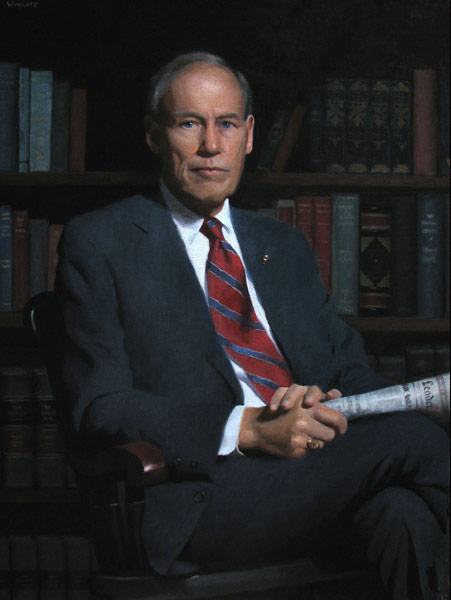 those of the principals hanging in the dining hall of a long-established school or college - I recently went to a dinner at the Roxbury Latin School in Boston - founded in the 17th century), you can see this difference between the traditional and the modern portraits very easily.
those of the principals hanging in the dining hall of a long-established school or college - I recently went to a dinner at the Roxbury Latin School in Boston - founded in the 17th century), you can see this difference between the traditional and the modern portraits very easily.
I am not against photographic portraits by the way, far from it. The point is that it is a different medium to painting, to which we respond differently. These Christian considerations can be communicated through photography, in my opinion, but they have to be done differently. (And if there are any photographers out there, I think that relating the art of photography to the Christian tradition of visual imagery is an area that has not yet been properly developed.) The point here is that paintings made from photographs rarely work unless the artist is conscious of these stylistic considerations and has the skill and experience to adapt what the photographic information.
The retention of these principles in 19th-century portrait painting was not due to a Christian motivation, to my knowledge. If a portrait painter is to make a living then he cannot indulge in the free expression that one might see in other forms. The portrait painter, Christian or not, must seek to balance two things. First, he must produce a painting that is attractive to those who are going to see it, usually the individual and those who know him or her. The usual approach to this is to bring out the best human characteristics of the person. He is ennobling - idealizing - the individual. However, he cannot take this too far and go beyond the bounds of truth. He must also capture the likeness of the individual otherwise it will not be recognized as a portrait. My teacher in Florence, Charles Cecil, taught us not to be bound by an absolute standard of visual accuracy, but to modify what we saw, slightly. We were told to stray ‘towards virtue rather vice’: strengthen the chin slightly, for example. This approach is consistent with the Christian artist’s portrayal of a person, which is as much about revealing what a person can be, as what he is. The idea that the crucial aspect by which the artist reveals the person is by capturing the likeness goes back to St Theodore the Studite, the Church Father whose theology settled the iconoclastic controversy in the 9th century.
For the work of Henry Wingate, see www.henrywingate.com.




